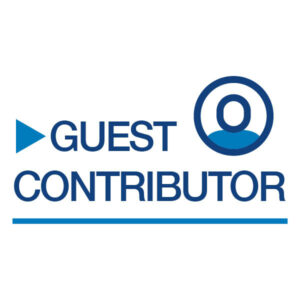
Home » Bringing back salmon, steelhead runs is worthy investment
Bringing back salmon, steelhead runs is worthy investment

November 21, 2023
In 1992, a single male sockeye salmon managed to swim 900 miles from the mouth of the Columbia River to Redfish Lake deep in Idaho’s Sawtooth Mountains, the end of his migratory journey. Biologists dubbed the sole survivor, “Lonesome Larry.”
By 2010, the Northwest Power and Conservation Council happily reported record-setting runs for sockeye – 387,000 had climbed the fish ladders at Bonneville Dam. Last year, 751 sockeye were trapped at Redfish Lake Creek and taken to nearby Sawtooth Fish Hatchery.
Sockeye runs to the basin, which is 6,300 feet above sea level, have fluctuated wildly ranging from a low of 17 in 2019, to 1,516 in 2022 since the sockeye was re-introduced to its natural habitat.
The resurgence of the Redfish Lake Sockeye is not unique.
Recently, KING-5 News, Seattle, reported the Baker River sockeye return has dramatically increased since the dismal low of 99 in 1985. More than 52,000 sockeye came back in 2015, the previous record. This year, 31,000 were predicted; however, 65,000 sockeye came back.
Starting upstream on the Baker River system is the Upper Baker Dam, a 312-foot-high concrete gravity dam completed in 1959 with 107 megawatts of power-generating capacity. Downstream is the 285-foot-high Lower Baker Dam, a concrete arch structure completed in 1925, which has a generating capacity of 111 megawatts. Combined, they supply enough electricity to serve 1.2 million households.
The lower Baker River dam is within a stone’s throw of the Skagit River. Puget Sound Energy (PSE), an investor-owned utility, built the two dams, which proved to be too high for fish ladders.
KING-5 reported: “Under provisions of a 2008 federal license to continue to operate the hydroelectric project, PSE installed one of the most sophisticated fish passage systems in the country. It involves trapping fish, then hauling them around the dams in ‘fish taxis.’”
The sockeye are then shot back into the water through pipes to access the blocked habitat. PSE also built a state-of-the-art hatchery to cultivate and breed fish in an enclosed environment – a multi-million-dollar, year-round investment by a utility.
PSE’s dams are the first blockage the Baker River run encounters. On the other hand, Redfish Lake sockeye make their way up eight fish ladders on the Columbia and lower Snake rivers dams. Above the Salmon River confluence, the natural water system that Redfish Creek feeds is Hells Canyon where three Idaho Power dams block the middle Snake River. They have no fish passages.
Similarly, above the convergence of the Baker and Skagit rivers are three Seattle City Light dams on the Skagit which have no fish passage systems. Both Seattle City Light and Idaho Power are being pushed to install them.
While fish ladders may not be feasible on the upper Snake and Skagit rivers, trapping, transporting and hatchery systems, such as PSE employs, are promising. The good news is the PSE’s work with tribal leaders, fisheries experts and citizens is paying off, but it is expensive and requires cooperation and commitment.
“It’s a tremendous success story,” Ron Roberts, PSE vice president of energy supply, told KING-5. Roberts said they agreed to invest $170 million in fisheries because it aligned with the company’s values.
The Bonneville Power Administration (BPA) has spent more than $20 billion since 1980 on Columbia River salmon recovery, making it one of the most expensive, but promising, endangered species restoration efforts in the country.
Salmon run recovery is not predictable with precise accuracy. Many variables contribute to the size and quality of runs. When yearly Pacific Northwest salmon runs are plotted on a line graph, they resemble a giant roller coaster.
However, the commitment to bringing back salmon and steelhead runs is a worthy investment. Remember, hydropower does not emit greenhouse gases.
Don C. Brunell is a business analyst, writer and columnist. He retired as president of the Association of Washington Business, the state’s oldest and largest business organization, and now lives in Vancouver. He can be contacted at [email protected].
Opinion Energy
KEYWORDS november 2023





